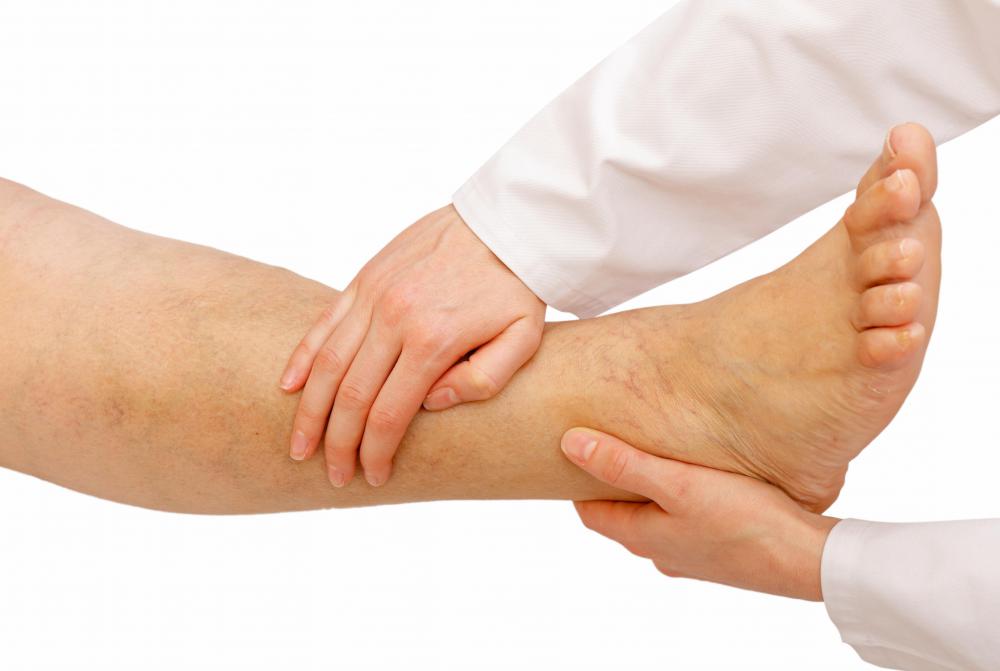At TheHealthBoard, we're committed to delivering accurate, trustworthy information. Our expert-authored content is rigorously fact-checked and sourced from credible authorities. Discover how we uphold the highest standards in providing you with reliable knowledge.
What is Gouty Arthritis?
Gouty arthritis, commonly referred to as gout, is a condition characterized by excessive uric acid levels in the blood. Uric acid comes from the breakdown of purines inside the body. Purines are commonly found in drinks and foods such as beer, wine, beans, anchovies, and peas. When too much uric acid accumulates in the blood stream, it forms crystals. These crystals usually get deposited in many tissues, particularly involving several joints in the body.
The most common appendage affected by gouty arthritis is the big toe. Gout may also affect the elbows, ankles, knees, wrists and fingers. Symptoms of gouty arthritis are sharp pain, redness, tenderness, and swelling of the affected joint. Most of these symptoms usually appear at night. Almost all gout patients complain that the pain is unbearable and often gets worse with movement.

Men have an increased risk of developing the disease compared to women. History of gout in the family is another important factor. Obesity, alcohol drinking, protein-rich diet as well as diet low in calories can all increase an individual's risk of developing gout. Use of medications such as aspirin and diuretics can also lead to gouty arthritis.
There are two types of gouty arthritis — primary and secondary. The primary type is often caused by a defect in the metabolism of purine and is said to be hereditary. Secondary gouty arthritis, on the other hand, is often caused by kidney disorders. When the kidney fails to eliminate uric acid through the urine, these substances accumulate in the bloodstream and lead to gouty arthritis.

Medical intervention is often necessary to address the condition and prevent further attacks. A rheumatologist, doctor who specializes in the treatment of bone and joint diseases, usually treats patients with gout. He would normally assess the patient's lifestyle, history of diseases in the family, and use of medications. Other physicians also care for patients with gouty arthritis. These include the orthopedic doctors who are physicians specializing in diseases involving the musculoskeletal system; and internists, who diagnose and treat diseases affecting adults.

Treatment often involves taking medications to lower uric acid levels in the blood. Doses of medicines are frequently reduced as symptoms decrease. Many patients, however, may have to take these medications for life. Pain medications are also effective in making these patients feel better. Further attacks can be prevented by following a healthy lifestyle.
AS FEATURED ON:
AS FEATURED ON:















Discuss this Article
Post your comments